Americans know how to stack bread with amazing stuff. Our sandwich creativity spans from coast to coast, giving us iconic handheld meals that tell stories about our regions and history.
These legendary sandwiches weren’t imported – they were born right here on American soil, from fancy restaurants to humble diners.
1. Philly Cheesesteak
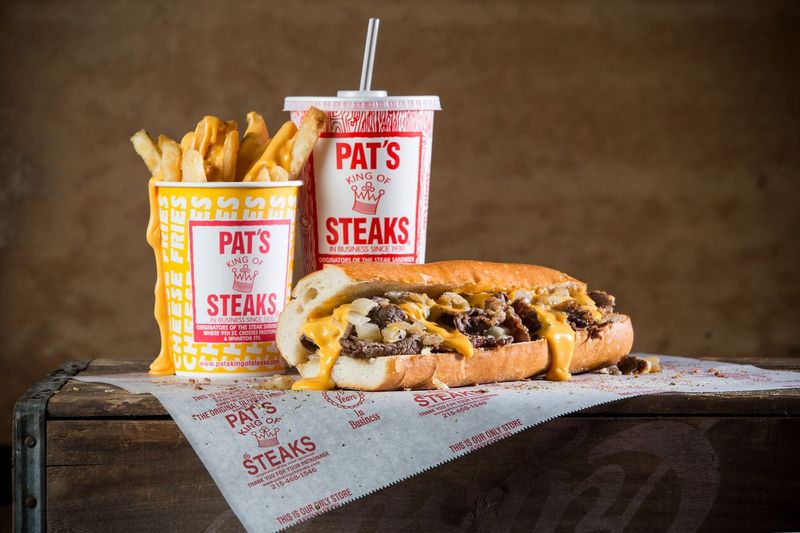
Born in 1930s Philadelphia when hot dog vendor Pat Olivieri grilled some beef and popped it on a roll. A passing cab driver smelled the delicious creation and demanded one for himself.
Word spread fast, and Pat opened Pat’s King of Steaks. Today, locals debate whether Cheez Whiz, provolone, or American cheese makes the authentic version.
2. Reuben Sandwich
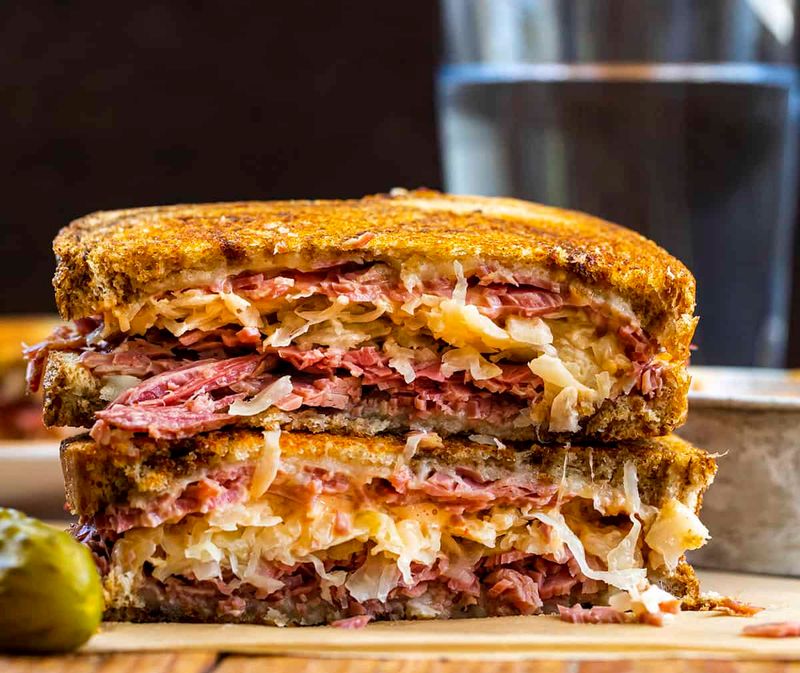
Legend has it Reuben Kulakofsky created this marvel during a poker game at Omaha’s Blackstone Hotel around 1920. Hotel owner Charles Schimmel liked it so much he added it to the menu.
A perfect combination of corned beef, Swiss cheese, sauerkraut and Russian dressing on rye bread. When grilled, these ingredients transform into melty, tangy perfection.
3. PB&J (Peanut Butter And Jelly)

America’s lunchbox hero emerged in the early 1900s when peanut butter became affordable. The earliest published recipe appeared in 1901, suggesting pairing peanut butter with jelly.
During WWII, soldiers combined their rations of peanut butter and jelly on bread. After returning home, this simple comfort food became a national staple that kids and adults still crave.
4. Club Sandwich
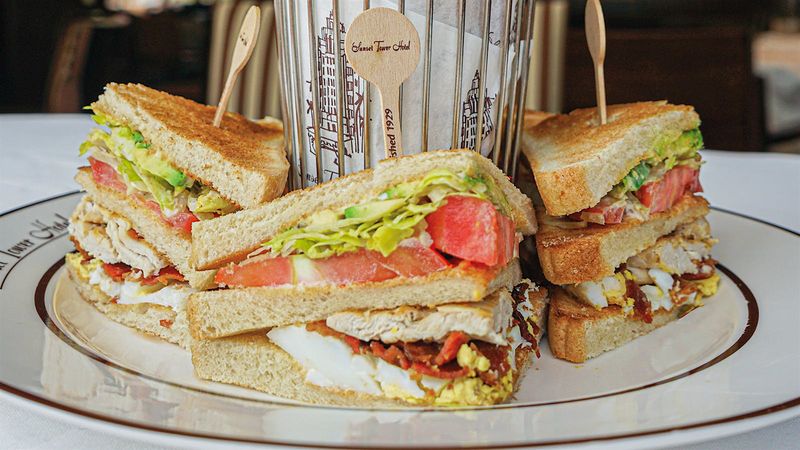
This triple-decker delight supposedly originated at the Saratoga Club House in New York during the late 1800s. The exclusive gambling house served wealthy patrons who needed something substantial yet refined.
Featuring toasted bread, turkey, bacon, lettuce, tomato and mayo, its distinctive toothpick-secured quarters make it instantly recognizable. The club remains a staple on hotel room service menus nationwide.
5. Po’ Boy
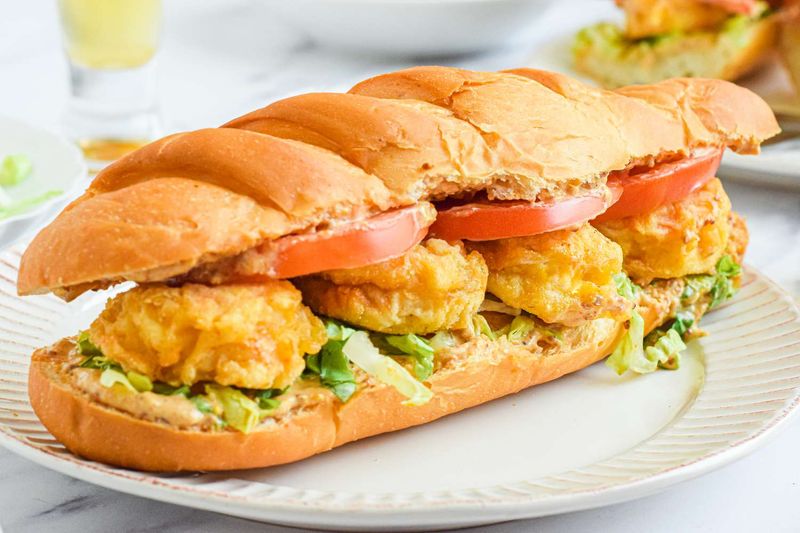
New Orleans streetcar workers on strike in 1929 needed cheap, filling food. Local restaurant owners Benny and Clovis Martin created sandwiches on French bread for these “poor boys.”
The name stuck and shortened to “po’ boy.” Traditionally filled with fried seafood or roast beef debris, these massive sandwiches are dressed with lettuce, tomato, pickles and mayo on crusty French bread.
6. BLT (Bacon, Lettuce, And Tomato)
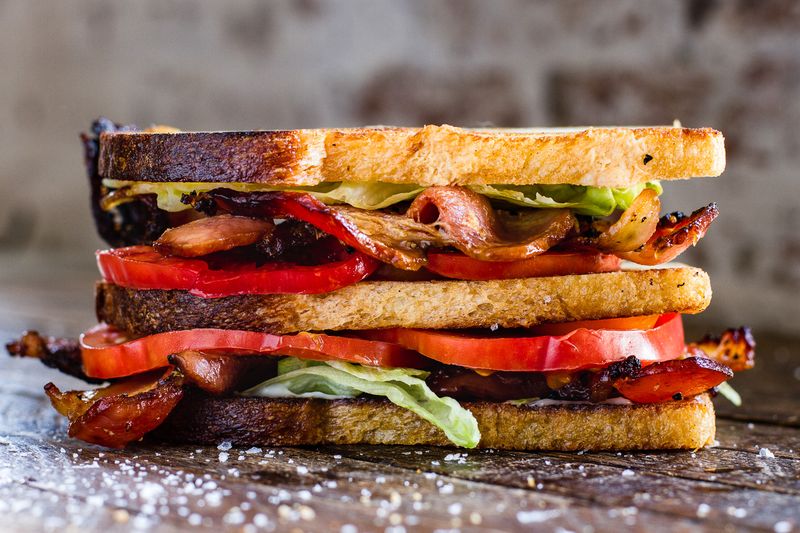
This simple classic emerged in American tea rooms and luncheonettes after World War II. Bacon had become popular, and the sandwich highlighted summer’s fresh tomatoes.
The magic lies in its simplicity: crispy bacon, juicy tomatoes, and crisp lettuce on toast with just enough mayo. The BLT showcases the perfect balance of salt, fat, acid, and crunch in every bite.
7. Lobster Roll
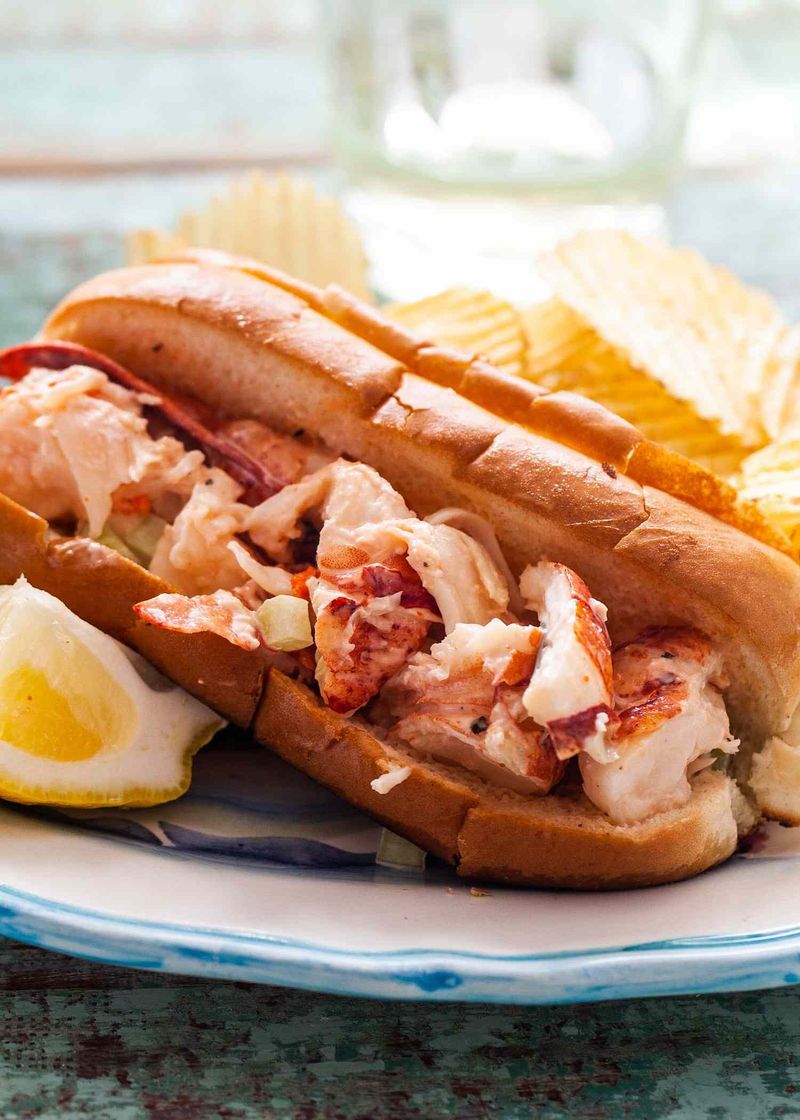
New England’s prized sandwich was first served at Perry’s in Milford, Connecticut around 1929. Initially, it was hot lobster meat drenched in butter on a toasted roll.
Maine later created its own version with cold lobster meat mixed with mayo. Both styles use special split-top hot dog buns that are buttered and grilled. Fresh-caught lobster makes this coastal treat worth every penny.
8. Muffuletta
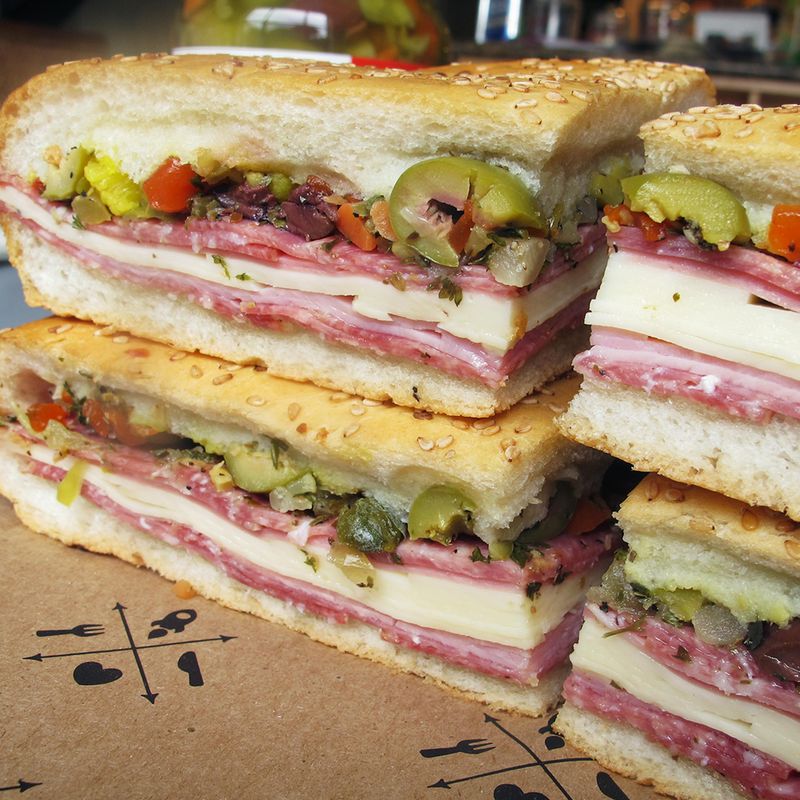
Central Grocery in New Orleans created this Italian-inspired sandwich in 1906. Owner Salvatore Lupo noticed Sicilian workers struggling to eat separate ingredients for lunch.
He combined their meats, cheese, and olive salad on round muffuletta bread. The signature olive salad – a tangy mix of olives, vegetables, and herbs in olive oil – gives this massive sandwich its distinctive flavor that improves as it sits.
9. French Dip
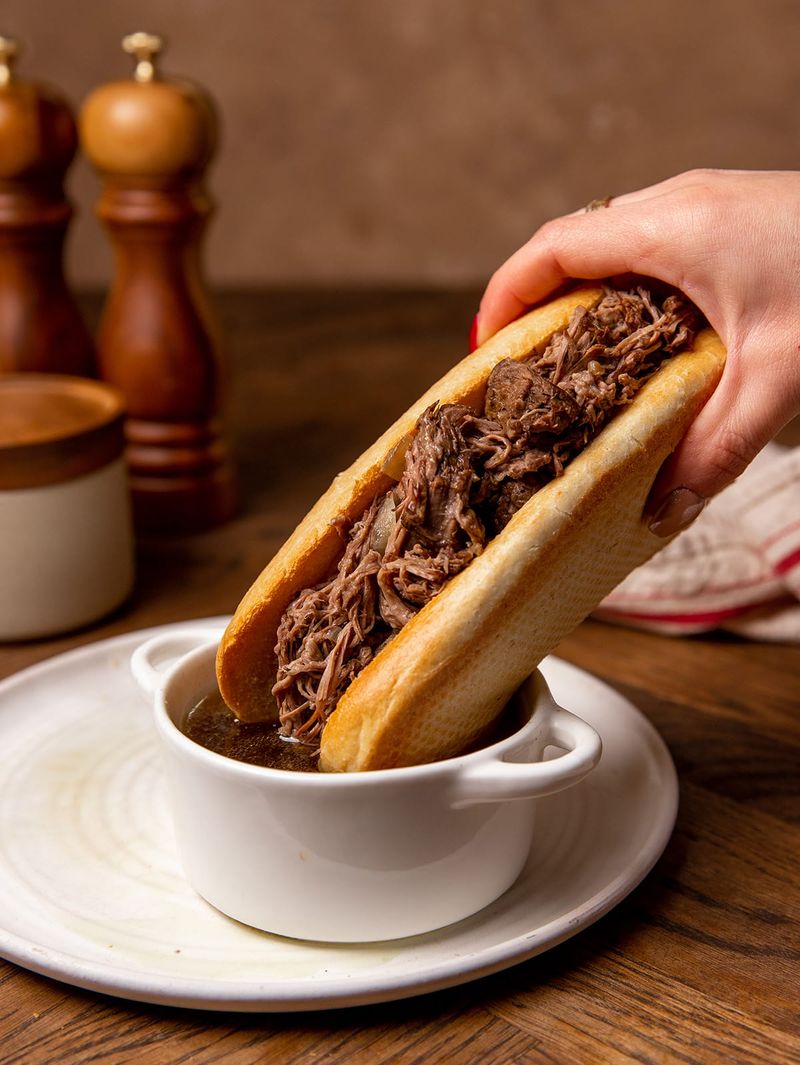
Two Los Angeles restaurants claim to have invented this juicy sandwich around 1918. Philippe’s says it was created when a roll accidentally fell into meat drippings.
Cole’s claims their chef created it for a customer with sore gums. Regardless of origin, the French dip features thinly sliced roast beef on a French roll, served with a side of savory au jus for dipping.
10. Pimento Cheese Sandwich
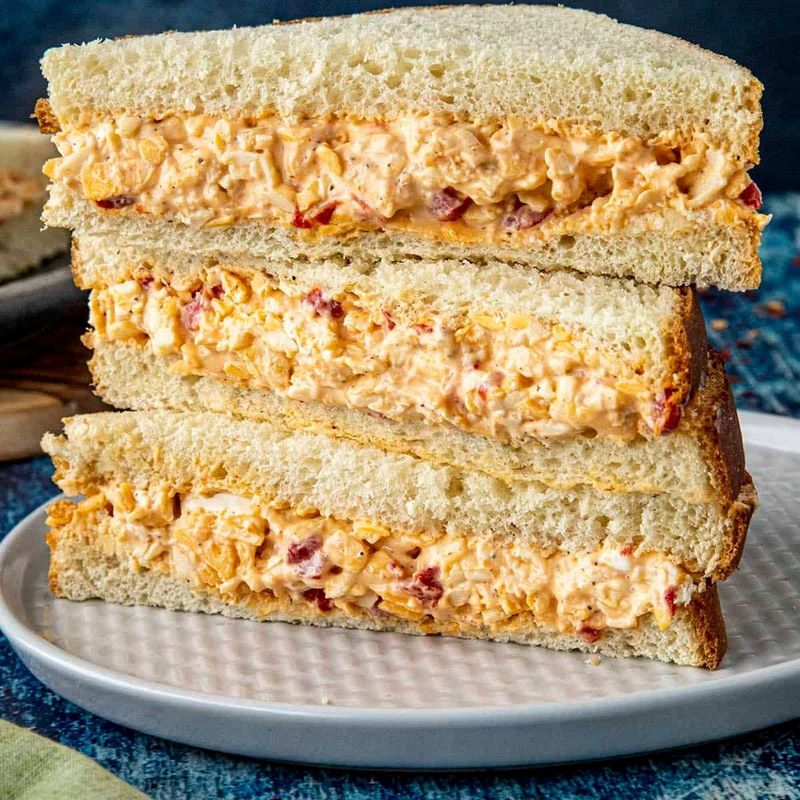
This Southern staple began as a fancy tea sandwich in New York but found its true home in the South during the early 1900s. Factory workers loved these affordable, portable lunches.
The spread combines sharp cheddar, mayonnaise, and sweet pimento peppers. Often served on white bread, it’s a Masters Tournament tradition at Augusta National Golf Club, where they’re famously sold for just $1.50.
11. Sloppy Joe
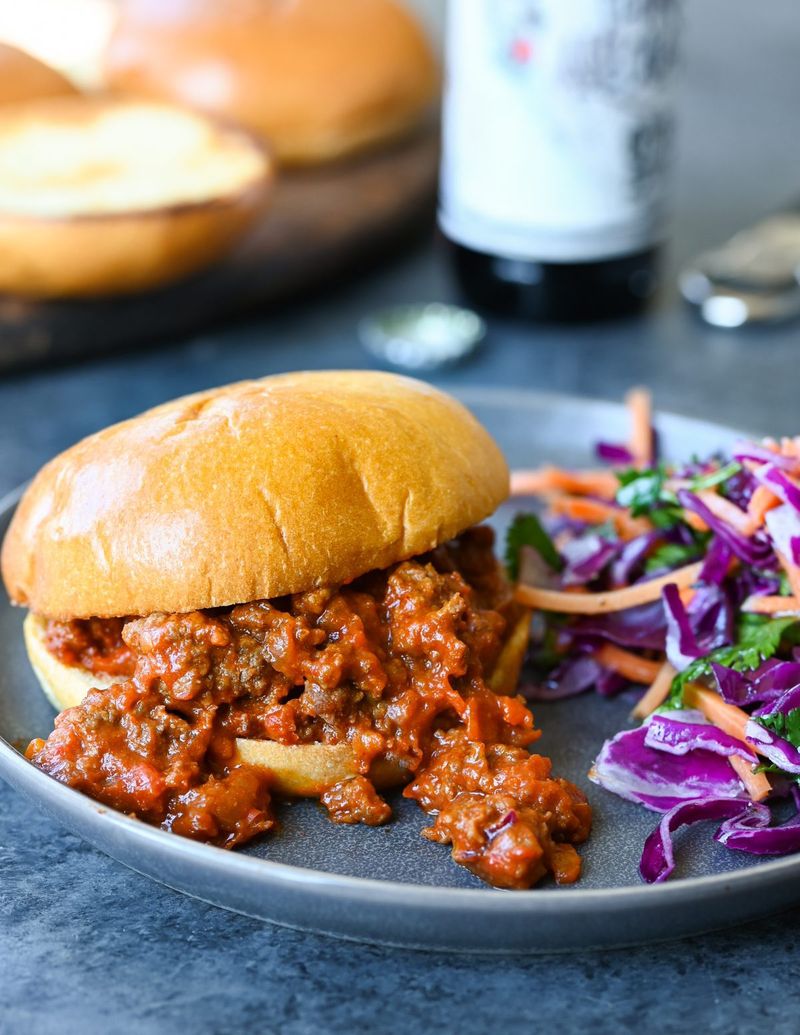
This messy masterpiece has competing origin stories. One credits Sloppy Joe’s Bar in Key West during the 1930s. Another says a cook named Joe in Sioux City, Iowa created the loose meat sandwich.
The winning formula remains the same: seasoned ground beef in tomato sauce on a hamburger bun. School cafeterias nationwide made it famous!
12. Monte Cristo
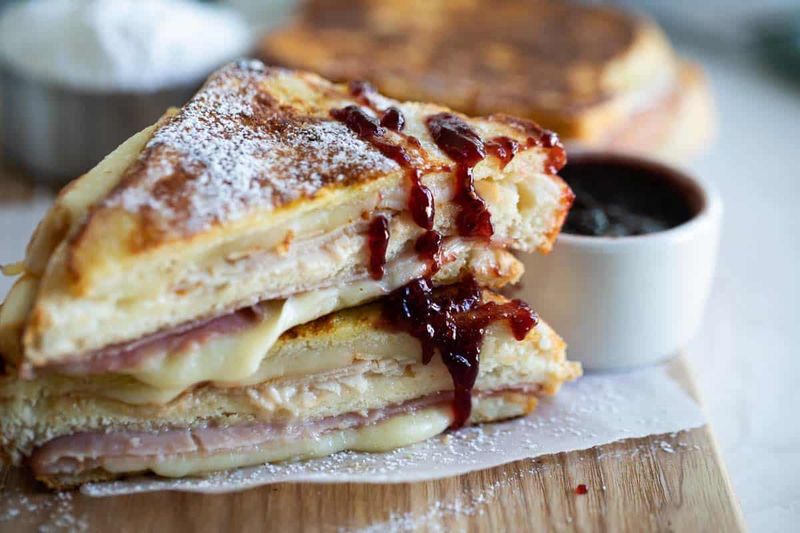
A fancy American twist on the French croque monsieur, this sandwich gained popularity at Disneyland’s Blue Bayou Restaurant in the 1960s. The name cleverly references the French sandwich and the novel “The Count of Monte Cristo.”
Ham and cheese are layered between bread, then the entire sandwich gets dipped in egg batter and fried. Powdered sugar and jam for dipping create a sweet-savory combination that’s unforgettably indulgent.
13. Fluffernutter
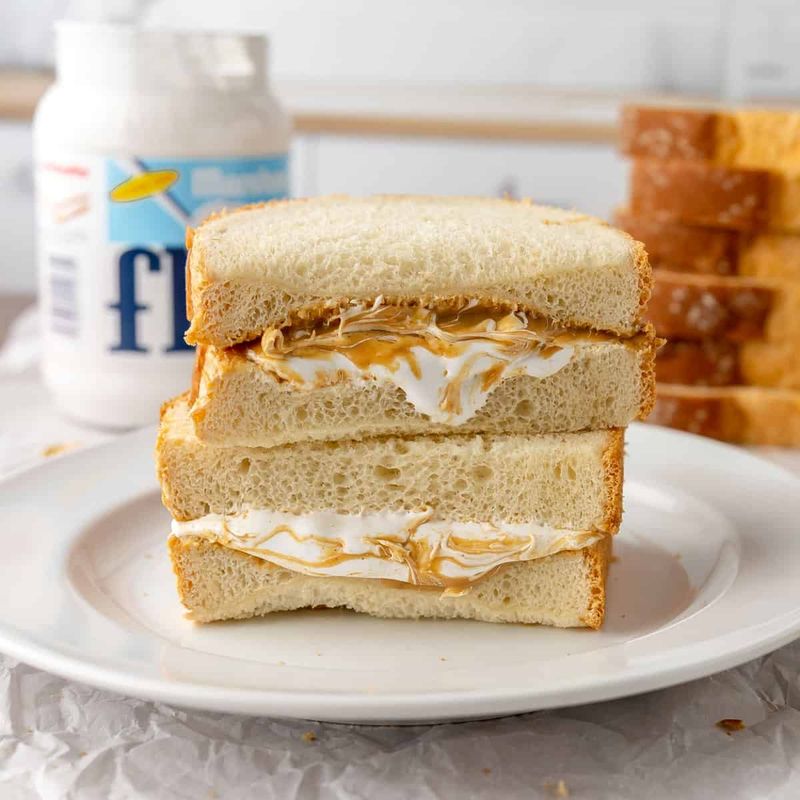
New England’s sweet contribution to sandwich history was born in the early 1900s after Marshmallow Fluff was invented in Somerville, Massachusetts. During WWI, it was promoted as a protein-packed, economical meat alternative.
The magical combination of peanut butter and marshmallow fluff on white bread became a lunchbox favorite. In 2021, Massachusetts officially named the fluffernutter its state sandwich.
14. Italian Beef

Chicago’s contribution to sandwich greatness began in the 1920s when Italian immigrants created a way to stretch tough cuts of beef. They roasted the meat with herbs, sliced it paper-thin, and soaked it in its own juices.
Piled on Italian rolls and topped with giardiniera or sweet peppers, Italian beef sandwiches come “dry,” “wet,” or “dipped” – fully dunked in jus. The soggy bread, tender beef, and spicy toppings create an iconic Chicago experience.
15. Hot Brown
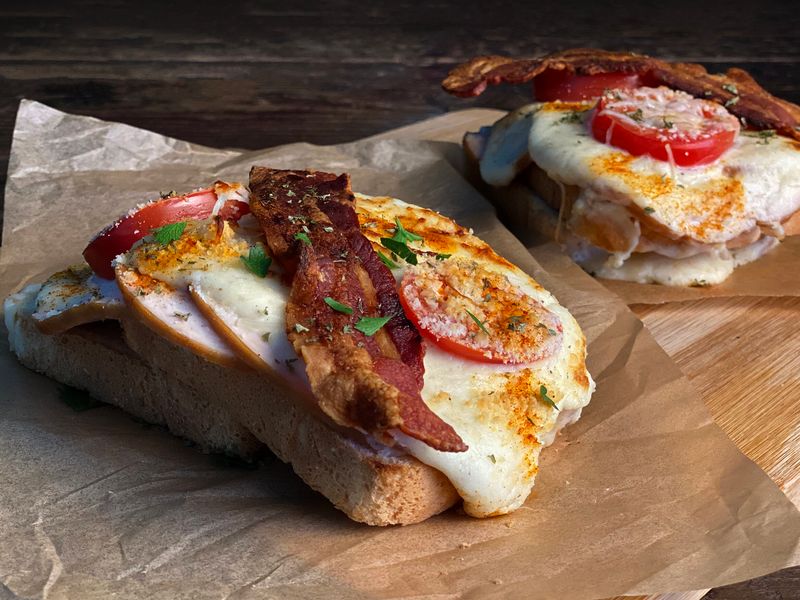
Chef Fred Schmidt created this open-faced marvel at Louisville’s Brown Hotel in 1926. Late-night dancers needed something beyond ham and eggs after hours of ballroom dancing.
His solution: turkey and bacon on toast, smothered in Mornay sauce and broiled until bubbly. Topped with tomatoes and more bacon, this knife-and-fork sandwich remains the hotel’s signature dish and Kentucky’s contribution to comfort food history.
16. Pastrami On Rye
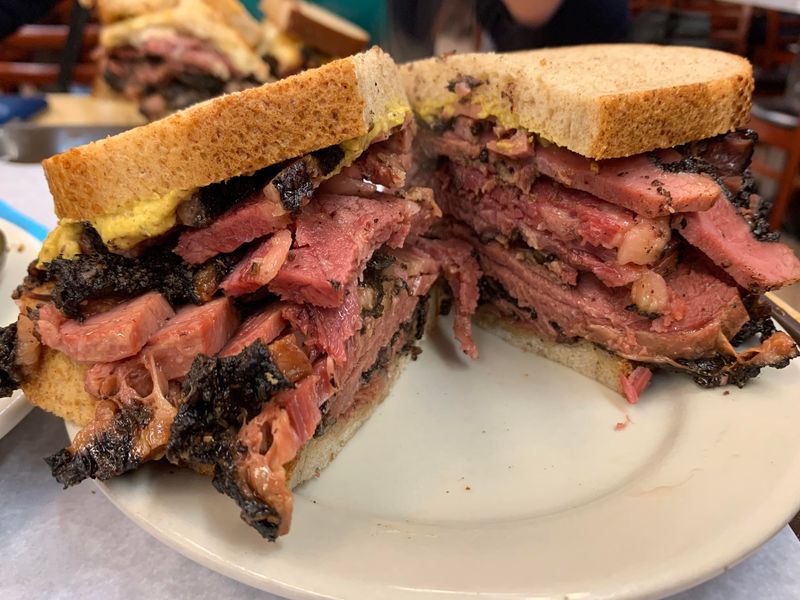
Jewish delis in New York City’s Lower East Side popularized this sandwich in the late 1800s. Romanian Jewish immigrants brought pastrami techniques, creating a distinctly American deli meat.
Kosher butchers smoke, spice, and steam beef brisket until tender. Sliced thin and piled high on rye bread with mustard, this simple combination became an NYC icon.
17. Pulled Pork

Southern barbecue traditions gave us this smoky masterpiece. Slow-smoked pork shoulder gets pulled into tender shreds, then piled on a soft bun.
Regional styles vary dramatically across the South. Eastern North Carolina uses vinegar sauce, while western parts add tomato. South Carolina features mustard-based sauce. Memphis keeps it simple with dry rub and slaw.

